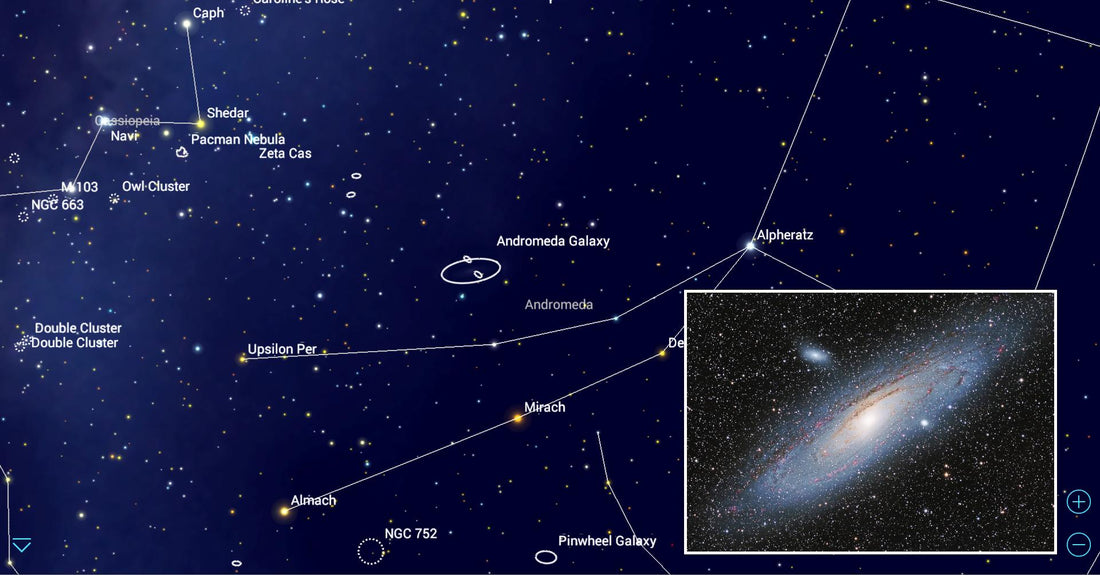
Will We Reach Another Galaxy In 100 Years?
Share
We have a very nice question from a young ARSE follower, maybe wondering for their 4th-grade science subject.
Let's read on and: Ask ARSE!
"If we travelled for 100 years, would we reach another galaxy? Cheers guys just saw your weekly newsletter about the size of the universe and it had me thinking. Cheers, Robbo"
Oh, it's an adult...
Okay, that changes things a bit.

Look at the above picture.
Every single light is an entire galaxy.
Galaxies are sprawling systems of dust, gas, dark matter, and anywhere from a million to a trillion stars that are held together by gravity. Nearly all large galaxies are thought to also contain supermassive black holes at their centres.
In our own galaxy, the Milky Way, the sun is just one of about 100 to 400 billion stars that spin around Sagittarius A*, a supermassive black hole that contains as much mass as four million suns that lives in the centre of the Milky Way.

This whirlpool-like bright disc is a galaxy. In the first photo, you can see a lot of galaxies. And in the second you get a deeper look into a single galaxy.
Ours.
The white line shows the location of our solar system complete with our sun and eight planets spanning a distance of about 778 million kilometres.
When compared to the Milky Way, our solar system is so small we can't see it.
Now let's really get into the sizing issue.
One light-year is a measurement of how far light can travel at 299,000km per second in one Earth year.
Meaning, light can travel around the world seven times in one second.
Seems fast, right?
Let's go bigger...
In one year, light can travel about 10 trillion kilometres. To put that in perspective, flying a plane to reach that same distance would take approximately a million years.
That's what you need to know about light-years.

So, if galaxy has a few billion stars in it, how far away is the nearest one?
The closest stars to us outside of the sun is Alpha Centauri A and B about 4.3 lightyears away. Jet setting here might take 5 million years, just FYI.
You can see we are in the "bottom" third of the spiral in our galaxy, closer to the edge than the middle. Even for light to travel from us to the far side would take 100 thousand light-years.
That's the speed of light, which is much faster than what we can travel at.
Let's go even further.
The nearest galaxy is Andromeda at a considerable 2.5 million light-years away. If you're still not keeping up, that means if you travel at the speed of light (299,000km per second) it would still take 2.5 million years.
Considering we have only been the most dominant species on Earth for 300,000 years, it really puts it into perspective.
We will seemingly never travel to another galaxy, to the edge of the Milky Way, or even our closest stars.
Travelling at currently available speeds we might be able to reach the end of the solar system.
But most likely not in our lifetime.

This will sound silly, but the most logical way we reach other parts of the universe is not by traditional "travel". It's simply too much distance to travel.
We need another means of almost instantaneous travel or one that makes the distance between objects irrelevant.
Thanks for the question Robbo and please share to help spread ARSE!
#Space_Aus




